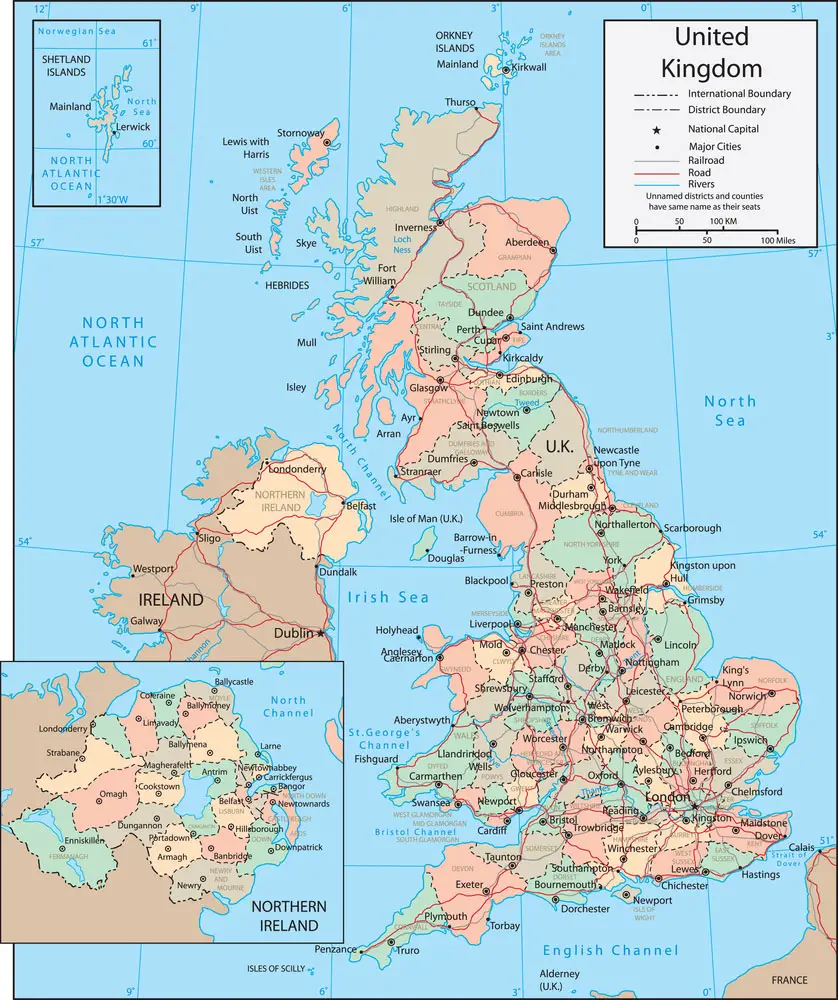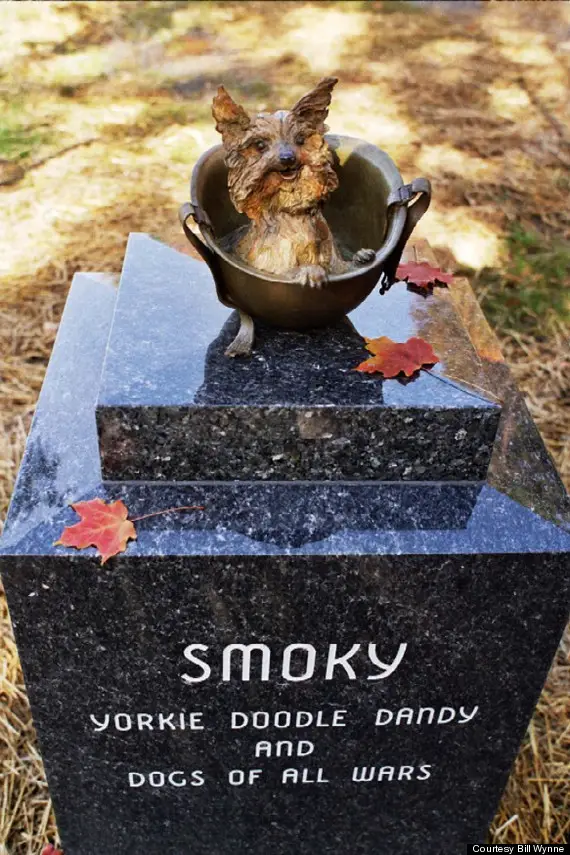The Yorkie Origins & History
The Yorkie
From “Ratter” to Companion
 The Yorkshire terrier is a popular modern companion dog. The breed has interesting origins and around 130 years in historic hybridization. In fact, the beginnings might surprise you.
The Yorkshire terrier is a popular modern companion dog. The breed has interesting origins and around 130 years in historic hybridization. In fact, the beginnings might surprise you.
The name “Yorkie” is short for Yorkshire terrier. This title was given to the canine by a man named, Angus Sutherland, around 1861. Although the breed was called the Scotch terrier due to its origins, Sutherland believed the name should evolve into something more fitting.
“They ought no longer be called Scotch terriers, but Yorkshire terriers for having been improved there.”
The thing is, the Yorkshire terrier came from a patchwork of descendants which makes its history a bit convoluted. The animal evolved from several different types of terrier breeds forming the remarkable animal it is today. A portion of its lineage can be contributed to relocation.
How It Started
 The Yorkie emerged in 1874, evolving from canines such as the Toy terrier and the Broken-hair Scotch terrier, just to name a few. But that’s just the tip of the iceberg. During the early 1800s, miners, mill workers, and weavers traveled to England in search of work. Since England was in the depths of the industrial revolution there was plenty to do and a need for more participants.
The Yorkie emerged in 1874, evolving from canines such as the Toy terrier and the Broken-hair Scotch terrier, just to name a few. But that’s just the tip of the iceberg. During the early 1800s, miners, mill workers, and weavers traveled to England in search of work. Since England was in the depths of the industrial revolution there was plenty to do and a need for more participants.
Many of the Scottish, which traveled for new opportunities, also brought a variety of terrier canines. These terriers included the Skye, Clydesdale, and the Paisley. These breeds would soon mix with the Waterside terriers already in England. It was from this group of canines that the first Yorkshire terrier would make its appearance.
Rat Killer to Lap Dog?
People soon discovered that the terrier loved to hunt rats, and so, the canine was taken into the mines and fields to do that very thing. It wasn’t long before the Yorkie showcased an even stronger desire to hunt. The animal proved to be much more than a “rat killer”. In fact, many hunters carried the Yorkie in their coat pockets while fox hunting. It seems the Yorkshire terrier was superb at catching all sorts of small game, and they did this effortlessly.
An additional perk of the Yorkie was its bravery. Most small prey proved aggressive when hiding in dens protecting their young. However, the Yorkshire terrier didn’t care. They were unaffected by the fight of the small wild animals and plowed headlong to retrieve the prize. Yes, the Yorkshire terrier was an expert hunter, but eventually, the canine would leave the woods and mines. They were taken into the homes of those who thought they were “too cute” to only be “ratters” and hunting companions.
It was during the Victorian era that the Yorkie would officially become a lap dog. The canine was seen to be a valuable animal because of its small structure and long hair. Royalty and various upperclassmen coveted the Yorkie. As popularity soared, other countries started to take notice of the Yorkie.
Huddersfield Ben
 The most well-known Yorkie was Huddersfield Ben. Owned by M.A. Foster. Ben was born in Huddersfield county in Yorkshire England. The reason for his popularity was obvious, as he won many “ratter” contests and at least 70 dog shows. Ben was a rather large dog for his breed, but never had pups to match that size. Although he has a rather short life, dying at the age of 6, Huddersfield Ben would set the stage for the Yorkie popularity, and he would herald the spread of the breed into the United states.
The most well-known Yorkie was Huddersfield Ben. Owned by M.A. Foster. Ben was born in Huddersfield county in Yorkshire England. The reason for his popularity was obvious, as he won many “ratter” contests and at least 70 dog shows. Ben was a rather large dog for his breed, but never had pups to match that size. Although he has a rather short life, dying at the age of 6, Huddersfield Ben would set the stage for the Yorkie popularity, and he would herald the spread of the breed into the United states.
Popularity In the New World
Up until 1861, the Yorkie displayed under the title of “Broken haired Scotch terrier”. It wasn’t until 1874, when it gained the name of “Yorkshire terrier”, that the canine was inducted by the British Kennel Club. By this time, the breed was becoming known in America. The Yorkie was an AKC registered canine by 1878.
In 1889. a Yorkie by the name of Bradford Harry became a champion in America. He was actually the great, great grandson of Huddersfield Ben. The skill and intellect of the Yorkshire terrier had not only spread to the new world, but the quality genes of the animal traveled there as well.
Smokey a Beloved Hero
 The Yorkshire terrier remained popular for a long time, up until the 1940s, when its popularity dropped. During World War II, however, the Yorkie made an imprint on the human spirit. American soldier, William Wynne found a Yorkshire terrier in a shell hole in New Guinea near the Japanese territorial lines. He named her Smokey.
The Yorkshire terrier remained popular for a long time, up until the 1940s, when its popularity dropped. During World War II, however, the Yorkie made an imprint on the human spirit. American soldier, William Wynne found a Yorkshire terrier in a shell hole in New Guinea near the Japanese territorial lines. He named her Smokey.
Smokey became part of a group of soldiers even though she didn’t understand languages, neither Japanese or English. However, Smokey survived a typhon in Okinawa, attended over 12 missions by sea, and 150 air raids. It’s clear that she served as a great companion overall.
 And still her heroic behavior had yet to shine through, but soon it would. Another one of Smokey’s notable characteristics was her lack of fear. She jumped from a 30 ft tower with her own parachute. Around the same time that Smokey was learning amusing tricks to entertain the company, she was also sent through an 8-inch wide, 70-ft long pipe to send a telegraph. Without her help, more soldiers would have been killed by enemy fire.
And still her heroic behavior had yet to shine through, but soon it would. Another one of Smokey’s notable characteristics was her lack of fear. She jumped from a 30 ft tower with her own parachute. Around the same time that Smokey was learning amusing tricks to entertain the company, she was also sent through an 8-inch wide, 70-ft long pipe to send a telegraph. Without her help, more soldiers would have been killed by enemy fire.
William Wynne, the man who found her, visited veteran’s hospitals after the war, taking Smokey with him. This amusing little dog lived and retired from a full life. A monument to Smokey can be found in Cleveland Ohio.
A Handsome Dog Indeed
As you can see, the Yorkie has a smorgasbord of ancestors and a vast history. These facts contribute to the notable features and personality of the breed. The Yorkshire terrier’s coat has a common color of bluish gray, sometimes a combination of white, gray and black hues. This silky hair is long and lush, adding to the toy-like appearance that owners love so much. Since their coat doesn’t shed, the Yorkshire terrier’s hair must be trimmed on a regular basis.
As far as size, the canine generally weighs between 6 and 20 pounds making it the perfect small breed pet. Average weight usually falls around the range of 7 pounds. Another interesting tidbit about he Yorkie is its strange noises. The trademark sound of the Yorkshire terrier is a reverse sneeze. It actually sounds like a goose. Although the noise sounds alarming, it’s harmless.
As for the personality of the Yorkie, the animal is thought to be active, love attention and show a great deal of care toward their owners and various situations. In turn, owners learn how to properly care for the Yorkie, since this breed of dog requires regular hygiene maintenance and grooming to retain its handsome appearance and health.
From Ratter to Center of Attention
Although the Yorkshire terrier started as a ratter, it’s now considered one of the most popular dogs in the U.S., U.K., and Australia. It’s become a toy-sized breed that wins the hearts of thousands of people. And the terrier also continues to expand in evolution. Just in 1984, the terrier branched off once more creating the Biewer terrier, born from two Yorkies, but varied drastically in color. After 30 years of considering the validity of a new breed, the Biewer was finally registered by the AKC.
Now you know why Yorkies are loved the world over and have become a common topic in many households. Despite their hybrid history, this canine retains many noble qualities which entertain and please pet owners. Who knows what the future brings? Perhaps the Yorkshire terrier will yet evolve once more and create another stunning breed of animal, providing a service to mankind and offering a companion for life.
GDBVSVNB112085830

